Israel confirms first seven hostages freed by Hamas as part of ceasefire deal
Israel has confirmed the release of seven hostages from Hamas custody, marking the first exchange in a ceasefire deal that also includes the release of over 1,900 Palestinian detainees. The handover signals a key breakthrough after two years of war in Gaza.
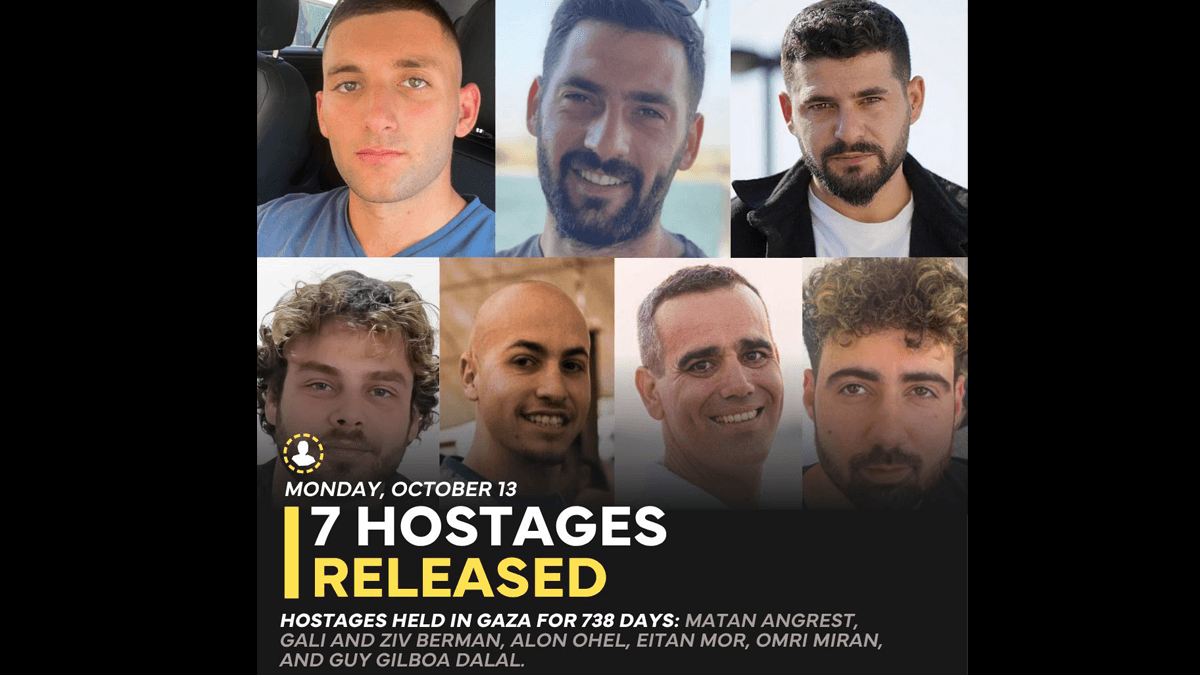
- Israel confirms the release of seven hostages by Hamas, now in Red Cross custody.
- A total of 20 hostages are expected to be exchanged for over 1,900 Palestinian prisoners.
- Public celebrations erupt in Tel Aviv as families await reunions amid ongoing ceasefire.
The Israeli government has confirmed that the first group of seven hostages held by Hamas has been released into the custody of the International Committee of the Red Cross (ICRC) and is en route to Israeli military forces stationed in Gaza.
The Israeli Ministry of Foreign Affairs named the freed hostages as Eitan Mor, Gali Berman, Ziv Berman, Omri Miran, Alon Ohel, Guy Gilboa-Dalal, and Matan Angrest. Their names and photographs were posted on the ministry’s social media channels with the caption, “Welcome home.”
According to the Israel Defense Forces (IDF), the released hostages are being transported to the Re’im military base in southern Israel, where they will be medically evaluated and reunited with their families.
Hamas has pledged to release a total of 20 living hostages today under a ceasefire agreement brokered with international mediation. A full list of those due to be freed was reportedly circulated earlier by Hamas.
Nationwide anticipation and public relief
Public anticipation of the release was high across Israel. Thousands gathered in Tel Aviv’s Hostages Square, waving flags and signs reading “they’re coming home.” Loud cheers erupted when the announcement was made that the hostages were in Red Cross custody.
Reporting from the scene, journalist Alice Cuddy described the emotional reaction of the crowd. A large screen displayed real-time updates, with a symbolic clock tracking the days since the October 2023 hostage-taking.
Among those present was Galit, a demonstrator who has attended weekly rallies for nearly two years. She described the moment as one of “national unity.”
Ceasefire agreement and prisoner release
In return for the hostages’ release, Israel is expected to free 1,718 Palestinian prisoners and detainees. This number was reduced slightly from a previously agreed figure of 1,722 due to last-minute changes approved by the Israeli government.
According to Haaretz, adjustments included the removal of individuals already released, minors detained in Gaza during the war, and the addition of two women.
The list of Palestinian prisoners was published on Telegram by the Hamas-run Prisoners Media Office. Those released include individuals serving life sentences for attacks, as well as others held without formal charges.
Regional diplomacy and international monitoring
Former United States President Donald Trump arrived in the region to participate in meetings related to the ceasefire and postwar reconstruction plans. According to the White House, Trump is scheduled to visit Israel and Egypt, meet with hostages' families, and address Israel’s Knesset.
Vice President JD Vance indicated Trump may also meet with some of the newly released hostages.
Egyptian President Abdel Fattah el-Sissi is set to co-host a peace summit in Cairo alongside regional and international leaders. The Palestinian Authority, represented by Mahmoud Abbas, is also expected to attend.
While Israeli Prime Minister Benjamin Netanyahu has opposed a role for Abbas in postwar Gaza, the US-backed plan allows for a potential future role if reforms are implemented.
Future governance of Gaza still uncertain
Key issues remain unresolved, particularly the governance of Gaza and the future of Hamas. Israel has called for the militant group to disarm entirely, a demand Hamas has rejected.
Under the proposed ceasefire framework, governance would shift to an international authority overseeing Palestinian technocrats. A multinational Arab-led security force, with police trained by Egypt and Jordan, is expected to replace Israeli forces as they gradually withdraw.
Around 200 US troops have been deployed in Israel to monitor ceasefire compliance, according to US officials.
Humanitarian crisis and aid efforts
In parallel with the ceasefire, humanitarian aid has begun flowing into Gaza. The United Nations reports that cooking gas entered the territory for the first time since March, alongside food and medical supplies.
Tom Fletcher, the UN’s humanitarian chief, described Gaza as a “wasteland,” noting that approximately 190,000 metric tonnes of aid have been cleared for delivery. The volume is expected to rise to 600 aid trucks daily.
Chaotic scenes were reported in Khan Younis, where desperate residents scrambled for food as aid trucks arrived.
The toll of war
The conflict began on 7 October, 2023, with a Hamas-led attack on southern Israel, resulting in approximately 1,200 Israeli deaths and the capture of over 250 hostages.
Israel’s subsequent offensive in Gaza has caused more than 67,000 Palestinian deaths, according to the Hamas-run Gaza Health Ministry. Although the figures are not independently verified, the UN regards the ministry's tallies as the most consistent source available.
Roughly half of those killed were reportedly women and children. The ongoing humanitarian toll continues to fuel international scrutiny and legal proceedings, including genocide allegations against Israel, which the Israeli government denies.
The conflict has displaced 90% of Gaza's population, reduced neighbourhoods to rubble, and drawn condemnation and protests worldwide.

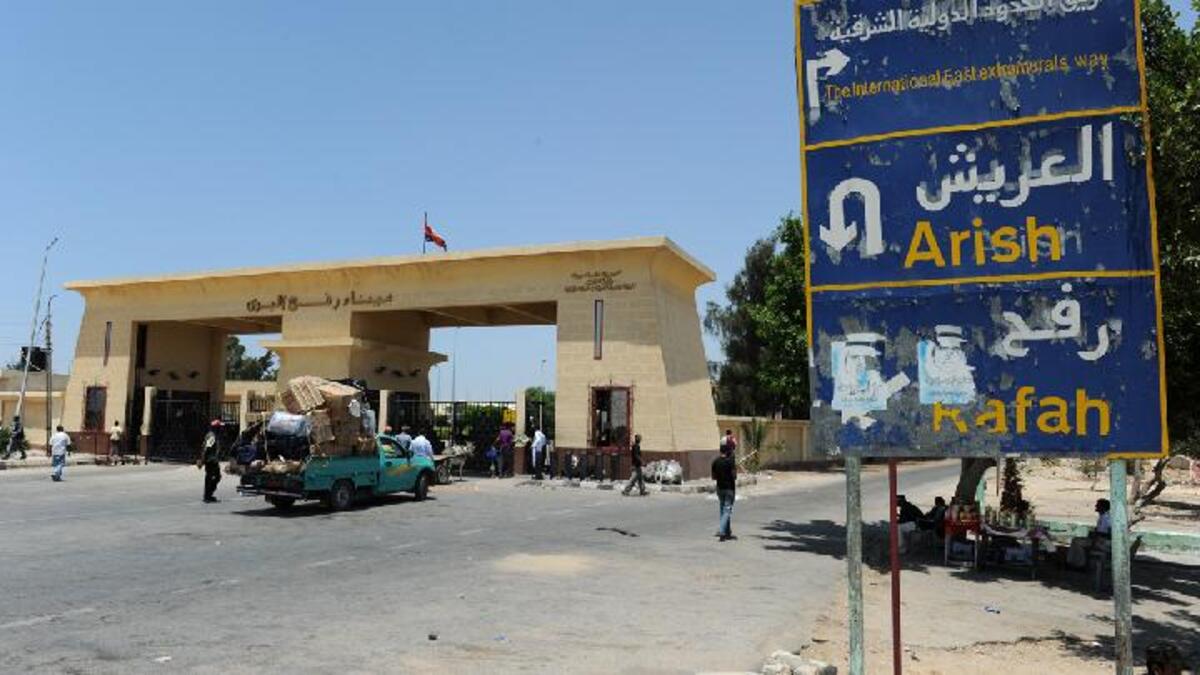
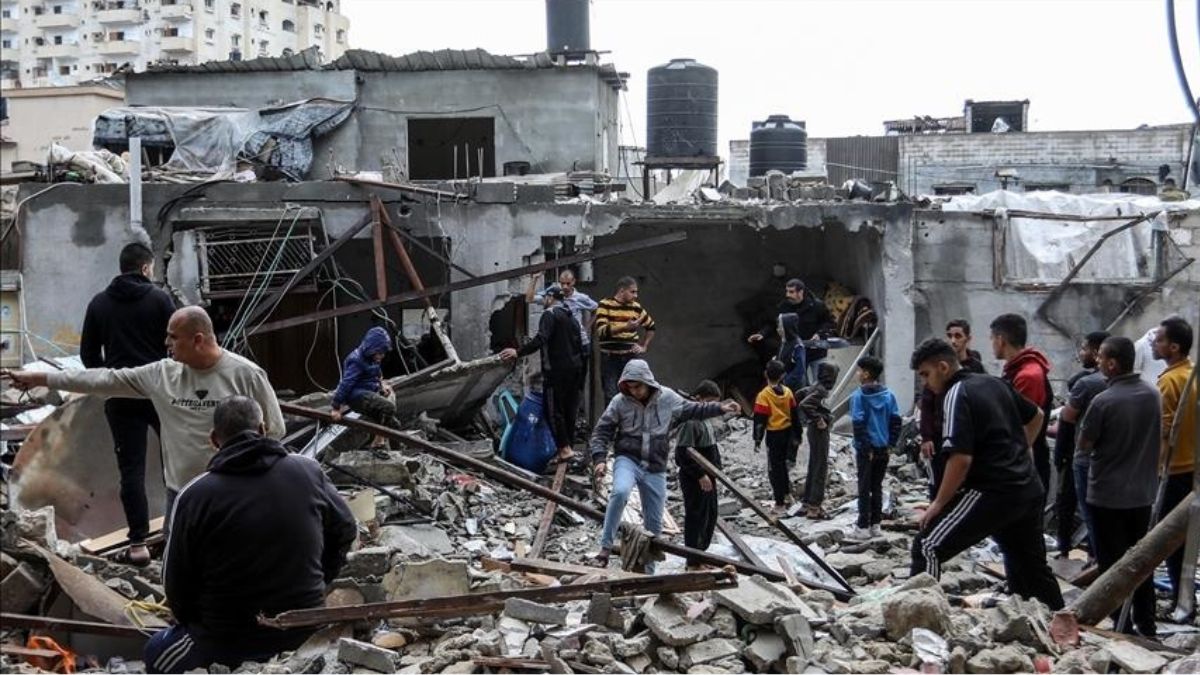
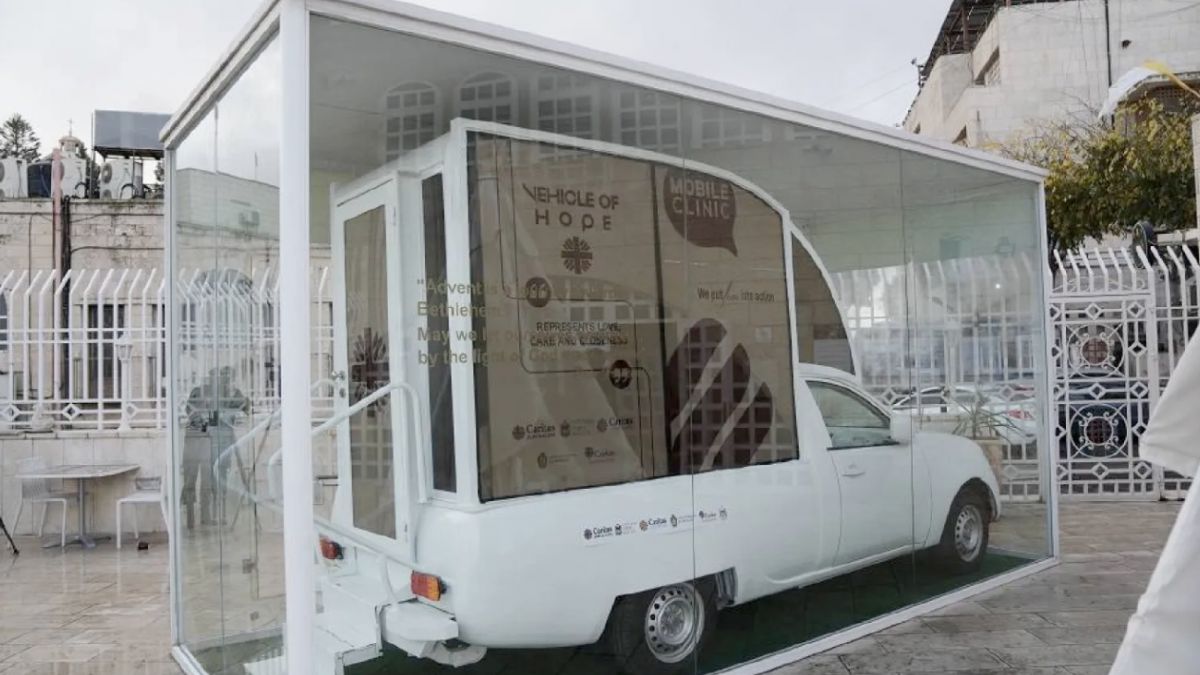
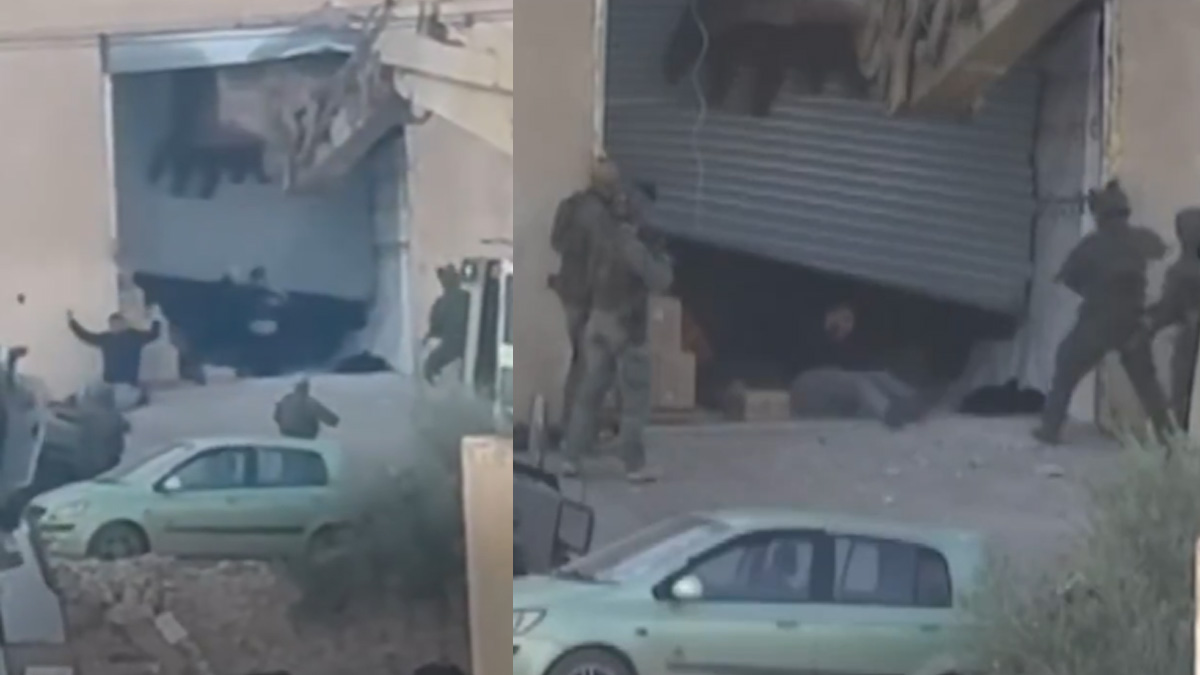

0 Comments